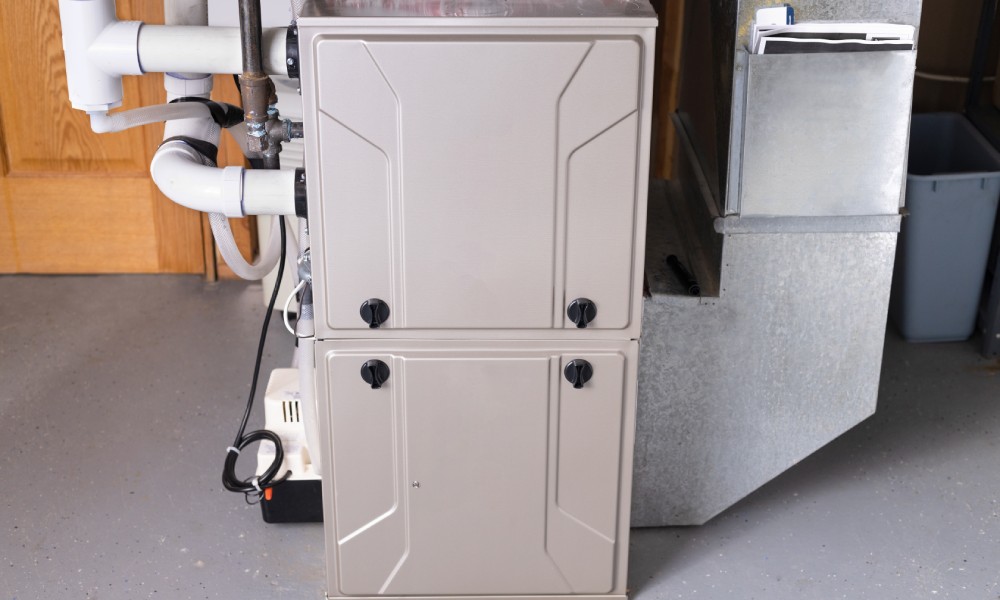- 24/7 Emergency HVAC Repair
- Financing Available
- We Accept All Major Credit Cards
The Pros and Cons of High-Efficiency Furnaces

Exploring the realm of home heating solutions leads many to consider high-efficiency furnaces as a beacon of sustainability and economic sensibility. These advanced heating systems promise cozy living spaces during cold months, offering a blend of environmental friendliness and cost-effectiveness.
But opting for such a significant home upgrade involves weighing both its advantages and potential downsides. Let’s delve into the pros and cons of high-efficiency furnaces. Arm yourself with the knowledge needed to determine if this green heating solution is the ideal match for your abode and your lifestyle.
Pro: Long-Term Cost Savings
High-efficiency furnaces operate at 90–98 percent AFUE (annual fuel utilization efficiency), meaning they convert nearly all the fuel to usable heat. This efficiency translates into significant savings on utility bills over time, as less energy is wasted during the heating process. Homeowners can expect a noticeable reduction in monthly heating costs, making these furnaces an economically sound choice in the long term.
Con: High Initial Investment
The most significant barrier for many homeowners is the upfront cost. High-efficiency furnaces come with a higher price tag compared to standard models due to their advanced technology and materials. This initial investment can be prohibitive, despite the potential for long-term savings on energy bills.
Pro: Low Environmental Impact
High-efficiency furnaces reduce the amount of greenhouse gas emissions produced by utilizing less fuel to generate the same amount of heat. This makes them an eco-conscious option for homeowners looking to minimize their carbon footprint. The efficiency of these systems aligns with growing concerns about energy conservation and environmental stewardship.
Con: Complex Installation Requirements
Installing a high-efficiency furnace often requires significant modifications to existing ductwork, drainage systems, and vents, especially in older homes. This complexity can make installation more expensive and require a more extended setup period, making the transition to a high-efficiency system more complicated and potentially disruptive.
Pro: Improved Indoor Air Quality
Many high-efficiency furnaces are equipped with advanced filters that can improve indoor air quality by removing contaminants from the air as it circulates through the heating system. A residential furnace installation of this quality is particularly beneficial for households with individuals who have allergies or are sensitive to dust and other airborne particles.
Con: Maintenance and Repair Considerations
With advanced technology comes the need for specialized maintenance and repairs. High-efficiency furnaces may require more frequent check-ups by qualified technicians to maintain their optimal performance levels. Additionally, when repairs are needed, they can be more costly and complex due to the specialized components and technology involved.
Deciding to upgrade to a high-efficiency furnace is no small undertaking. Ultimately, your choice should align with your priorities, values, and the specific needs of your household. Whatever direction you choose, understanding the pros and cons of high-efficiency furnaces is a solid step toward making an informed decision that heats your home responsibly for years to come.

The purchase and installation went quickly and efficiently. I was very pleased with W F Smith.

